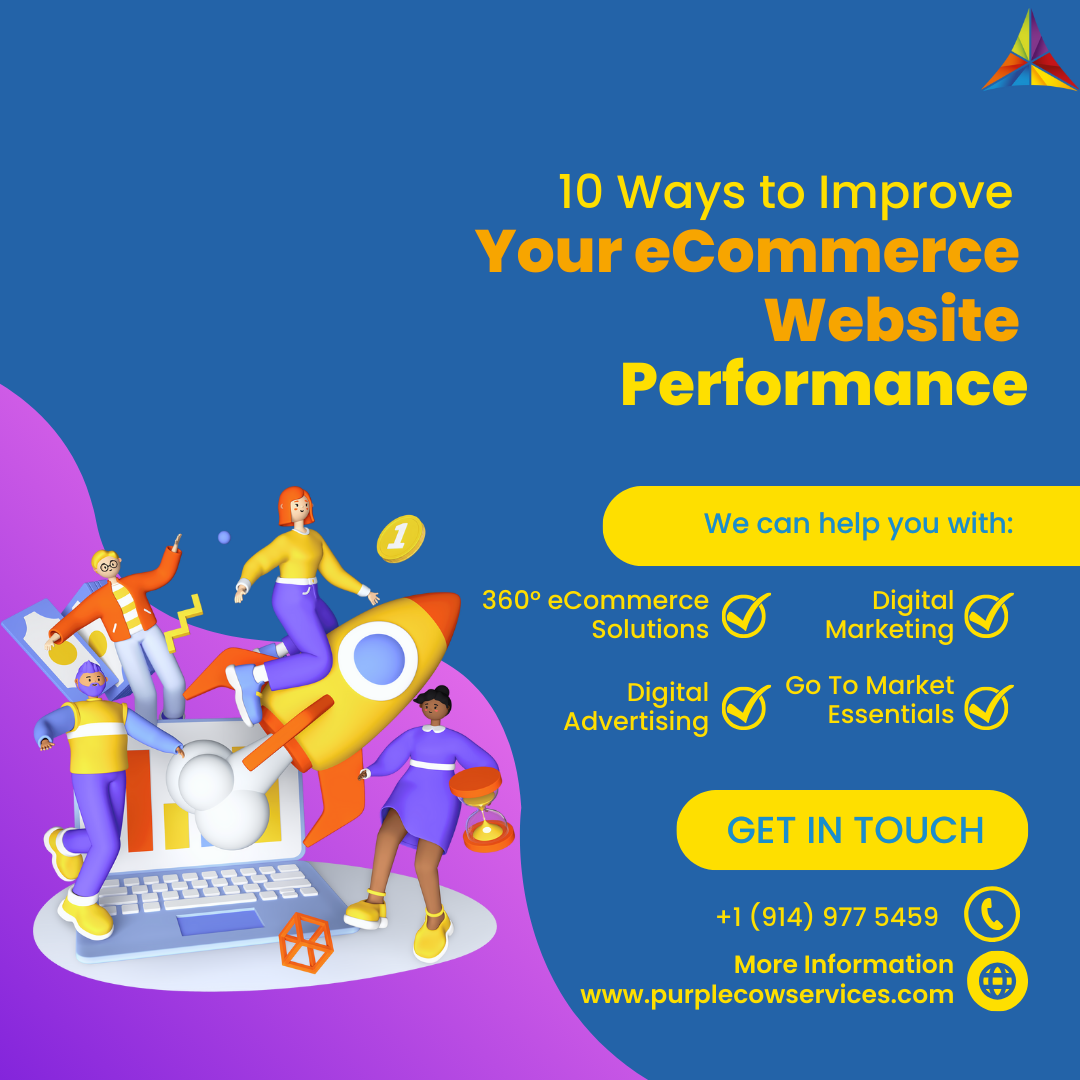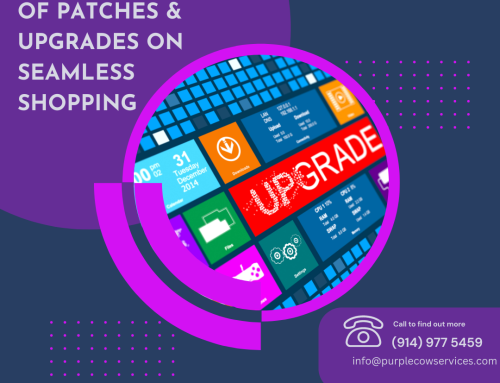Consider this scenario: You visit a highly-rated restaurant with great expectations, only to be met with poor service. Would you genuinely relish your dining experience? Likely not. In fact, you might decide to steer clear of that restaurant in the future, and even advise your friends to explore superior dining options.
Share This Story, Choose Your Platform!
Now, transpose this notion to your eCommerce store. Just as people detest sluggish restaurant service, they equally abhor slow-loading websites. If your site drags its feet, prospective customers may swiftly migrate to your competitor’s site, without a second thought. The ease with which they can click away intensifies this risk, even more than in a restaurant setting.
In essence, your website’s speed is paramount to the growth and prosperity of your eCommerce venture.
The Impact of Website Speed on Conversion Rates
A website’s speed has a direct impact on its conversion rates. If your eCommerce website is slow to load, you risk losing potential customers who will quickly move to a faster competitor’s site. The correlation between website speed and conversion rates is evident, making it crucial for you to focus on improving your website’s performance.
Ten proven ways to enhance your website’s performance
Add High-Quality Plugins
Plugins are essential for improving your website’s functionality. However, it’s crucial to strike a balance between functionality and website speed. While plugins can enhance your site’s features, they can also add complexity and slow it down. Quality should always trump quantity when it comes to plugins. A single complex plugin can be more detrimental to your website’s speed than several simpler ones. Focus on selecting plugins with streamlined codebases and robust functionalities.
Implement Mobile Responsiveness
With 79% of customers making purchases on mobile devices, mobile responsiveness is non-negotiable for eCommerce success. A responsive website not only provides a better user experience but also benefits your search engine rankings. Ensure that your eCommerce platform is optimized for mobile use, as many solutions offer out-of-the-box mobile optimization features. Mobile-responsive design not only improves user experience but also contributes to your website’s overall performance.
Optimize Content
High-quality visuals are essential for eCommerce websites, but large image files can slow down your site’s loading time. To mitigate this, use photo compression tools like Photoshop to reduce image file sizes before uploading them to your website. Additionally, minimize the size of your JavaScript, HTML, and CSS code to prevent lengthy page load times. Optimizing your website’s content, including images and code, is a crucial step in improving performance.
Utilize Caching
Caching allows you to temporarily store customer information, site-search indexes, product catalogs, and more. When a repeat user requests the same information, it can be retrieved directly from the cache, eliminating the need to access the database repeatedly. This results in significantly faster load times for users. By implementing caching mechanisms effectively, you can reduce server load and enhance your website’s speed.
Reduce Redirects
Each time a page redirects to another page, users must wait for the HTTP request-response cycle to complete. This unnecessary delay in page loading can harm your website’s speed. Minimize the number of redirects on your web pages, and only include those that are essential. Preferably, use 301 and 302 server-side redirects, as they are the fastest. Reducing unnecessary redirects is a crucial step in optimizing your website’s performance.
Use a Content Delivery Network (CDN)
A Content Delivery Network (CDN) is particularly beneficial for eCommerce stores with a global customer base. A CDN stores content on various servers in different geographical locations. When a user attempts to load a page, a nearby server responds to the request instead of the master server, significantly reducing load times. Implementing a CDN can lead to faster page loading and improved user experience for your website’s visitors.
Optimize Server Performance
Choosing a reliable hosting provider and ensuring that your server can handle your website’s traffic is essential. Regularly monitor server performance and consider upgrading to a more powerful server if necessary. A well-optimized server is crucial for fast and reliable website performance. By optimizing your server’s performance, you can ensure that your website runs smoothly and efficiently.
Implement Lazy Loading
Lazy loading is a technique that loads images and other media elements only when they become visible to the user as they scroll down the page. This approach reduces initial page load times and can significantly improve the overall performance of your eCommerce website. Implementing lazy loading ensures that your website loads quickly and provides a seamless user experience, especially for visitors with slower internet connections.
Minimize Third-Party Scripts
Third-party scripts, such as tracking codes and social media widgets, can add extra weight to your website and slow down its loading speed. Evaluate the necessity of each third-party script and consider removing or minimizing those that are not essential for your website’s functionality. Reducing the reliance on third-party scripts can lead to improved website performance and faster load times.
Regularly Audit Your Website
Slow and underperforming websites can drive away visitors. To ensure that your website is performing at its best, conduct regular monitoring and measurement of its various components. Tools like Google PageSpeed and Lighthouse can help you perform website audits and provide detailed reports with suggestions for improvement. By conducting regular audits, you can identify and address performance issues promptly, ensuring that your eCommerce website delivers a fast and responsive user experience.
Conclusion
Now that you are equipped with the knowledge to enhance your website’s performance, it’s time to put these strategies into action. However, remember that the job doesn’t end here. After improving your website’s performance, the next step is to optimize your entire store for conversions. By continually refining your eCommerce site, you’ll be well on your way to achieving success in the competitive online marketplace.
Unlock the Full Potential of Your eCommerce Website with Purple Cow’s Expert Performance Optimization. Elevate User Experience, Boost Conversion Rates, and Stay Ahead of the Competition. Let Us Transform Your Online Store into a Lightning-Fast, High-Performance eCommerce Platform. Don’t Let Slow Load Times Hold You Back – Choose Purple Cow for eCommerce Excellence!

















